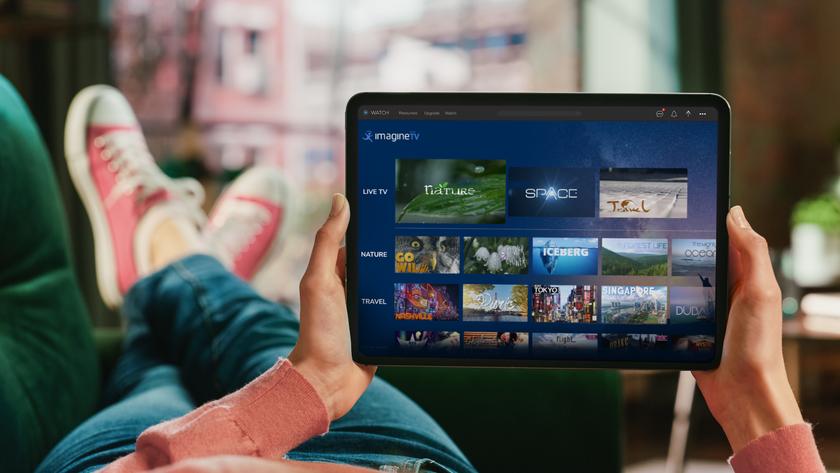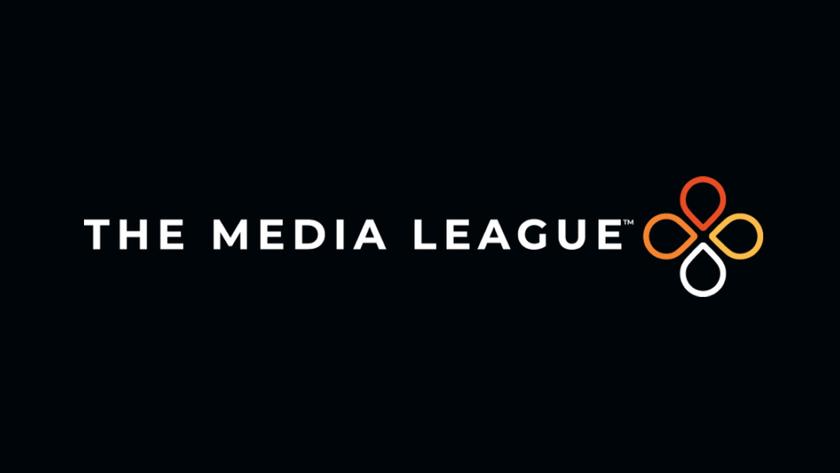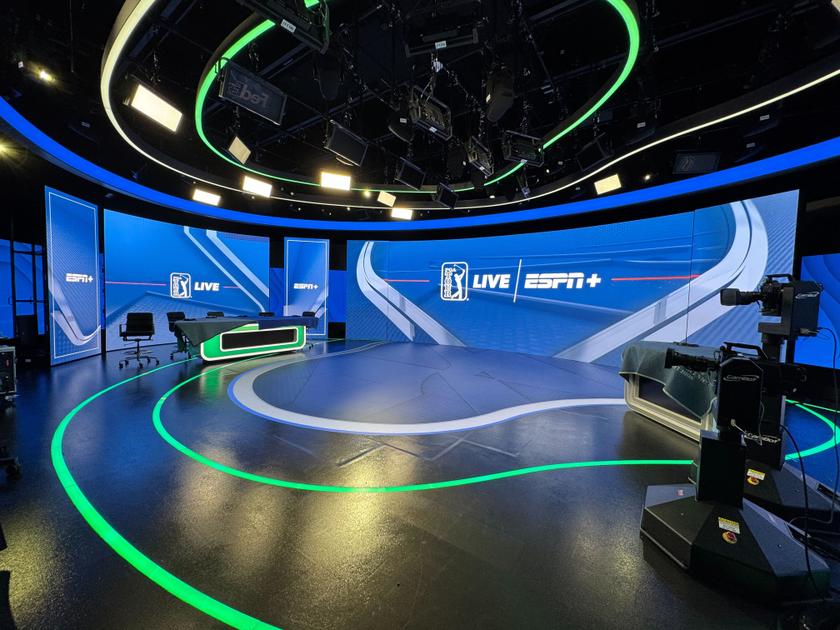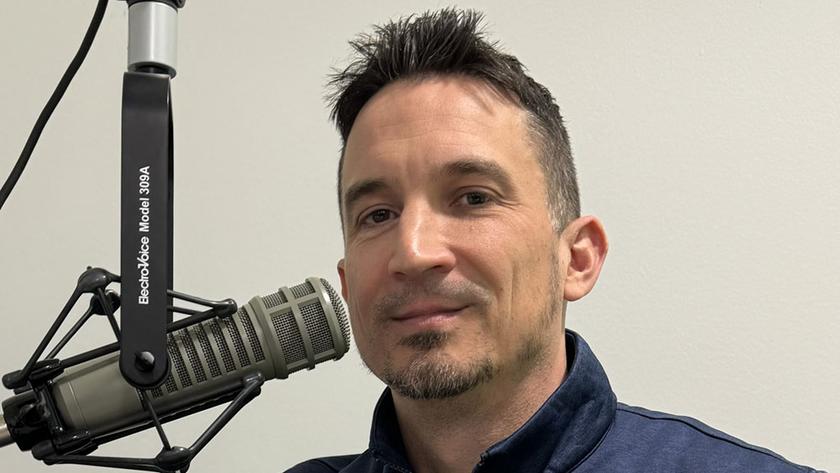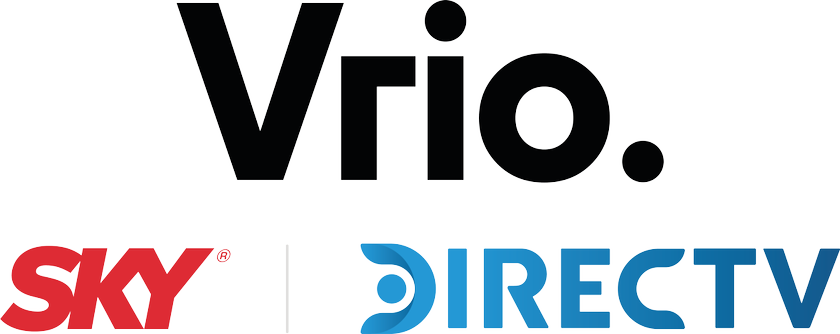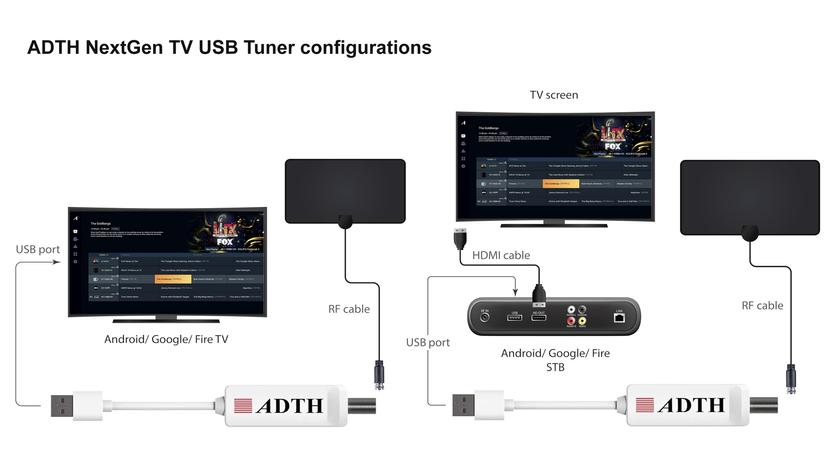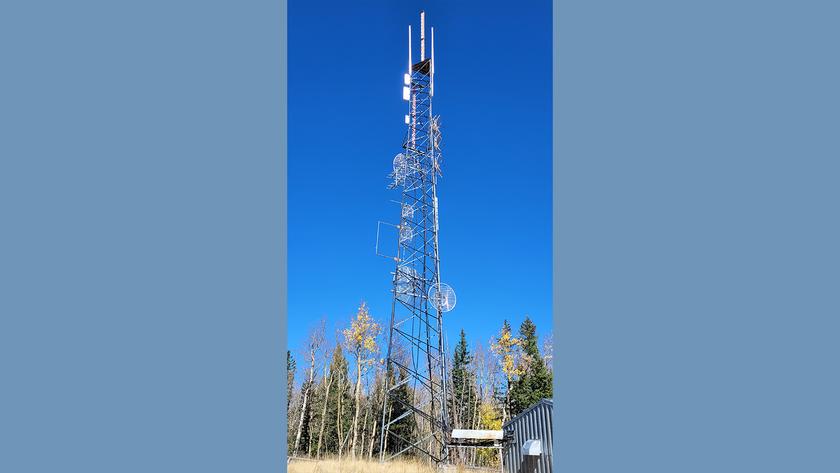FCC Extends Channel-Sharing
WASHINGTON—The Federal Communications Commission today unanimously voted to let LPTVs and translators share a channel with full-power and Class A licensees, providing them with more options to stay on the air once the musical-channels repack process begins. The vote also affirmed established carriage rights within these arrangements.
“This new flexibility will further assist secondary stations that are displaced by the… repacking process” and “may reduce construction and operating costs for resource-constrained secondary stations, including small minority-owned stations,” said Shaun Maher of the FCC’s Media Bureau.
Displacement by the Numbers
The post-incentive auction TV band will be reduced by 14 channels, from Ch. 38 to Ch. 50, inclusive. (The TV band previously extended to Ch. 51 but those licenses were frozen after their wireless neighbors—who won 18 TV channels in the 2008 auction—reported interference.) Stations now assigned to UHF frequencies on Ch. 38 or above will have to move to fewer, lower frequencies in a channel repack following the March 30 close of the auction.
With regard to the numbers, according to the FCC’s Dec. 31, 2016 station count, there are:
1,033 full-power commercial UHF stations
351 full-power commercial VHFs
289 full-power educational UHFs
105 full-power educational VHFs
393 Class A UHFs
24 Class A VHFs, totaling
1,600 UHF LPTVs
366 VHF LPTVs
2,911 UHF translators
878 VHF translators
All told, there are 6,226 broadcasters operating in UHF spectrum, which extends downward to Ch. 14, so not all of them are on the relinquished frequencies
According to the FCC’s own estimate, 1,274 full-power and Class A stations will have to move. According to the LPTV Spectrum Rights Coalition—a lobby formed by LPTV and translator licensees to protect their interest through the incentive auction process—said “ 3,150 LPTV and TV translator licenses and new permits ” are sure to be displaced, and possibly as many as 4,000.
The full extent of displacement will not be made public until after the final phase of the auction concludes March 30, when the commission will issue its “Auction Closing and Channel Reassignment Public Notice.”
In the meantime, the National Association of Broadcasters continues to hammer against the FCC’s hard 39-month deadline for completion of the. TheNAB filed a petition for reconsideration of the FCC’s repack rules March 17. There had been no response as of this writing. ~D.D.McAdams Channel-sharing began as an option in the TV spectrum incentive auction that allowed stations to sell their own 6 MHz license and share with another willing station. LPTVs and translators previously were allowed to share with each other, but not with full-power and Class As. Neither were LPTVs and translators allowed to participate in the auction, nor are they guaranteed a channel in the reduced, post-auction TV band. (See sidebar.)
Today’s Report and Order allows sharing among and between LPTV, translator, Class A and full-power TV licensees; and it allows new channel-sharing arrangements, or CSAs, beyond those hammered out for the auction process. These so-called “second-generation” CSAs can be an extension of an existing partnership or a new agreement with another party.
With regard to pay-TV carriage rights, the R&O extends the same carriage rights to stations in a second-generation CSA that they had going into it. The rule was crafted to prevent stations from using channel-sharing as a “shortcut to obtaining cable carriage rights,” Maher said.
Democratic Commissioner Mignon Clyburn and Republican Commissioner Michael O’Rielly split the sheet on this one. Clyburn advocated for allowing LPTVs new must-carry opportunities. O’Reilly was like, no way.
Said Clyburn, “What disappoints me is that today we have actually closed the door on the very rare instances in which a secondary station could gain must-carry rights as a result of channel-sharing. In doing so, we have stricken from the Order a simple acknowledgement that the benefits of channel-sharing for secondary stations outweigh any theoretical increase in the number of secondary stations cable operators may be required to carry.”
O’Reilly stressed that in maintaining the status quo with regard to carriage rights, the FCC was “deciding not to reopen that can of worms here.”
“Must-carry rights are not being expanded,” he said. “The item maintains the status quo with regard to must-carry. Whatever rights the station had to trigger must-carry previously are retained and no new rights are created.”
FCC Chairman Ajit Pai invoked a “Care Bear” analogy about “caring and sharing,” and went on to say his colleagues pretty much covered the benefits therein.
Clyburn, always an advocate of diversity in media, called LPTV stations “a relative bright spot when it comes to broadcast ownership diversity.
“Women owned 13.9 percent of low-power television stations compared to just 6.3 percent of full-power commercial television stations in 2013.
“Similarly, the commission’s own data found that Hispanics own 3 percent of full-power stations compared to 10 percent of low-power television stations,” she said.
“The more meaningful story should actually be what channel-sharing means for those who love broadcast television as well as the opportunities it presents for the nation’s smallest broadcasters,” Clyburn said.
See more TV Technology coverage at our spectrum auction silo.
Get the TV Tech Newsletter
The professional video industry's #1 source for news, trends and product and tech information. Sign up below.
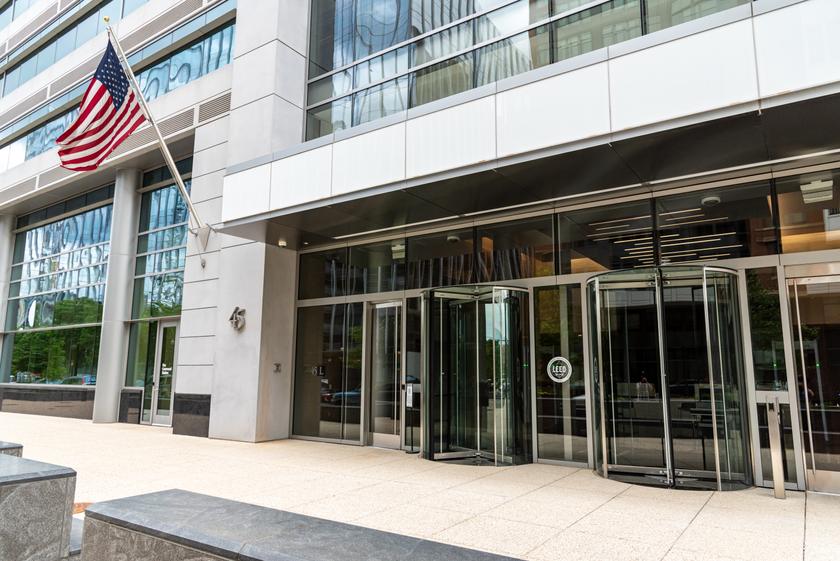
NAB Urges FCC to “Completely Repeal” Broadcast TV Ownership Restrictions
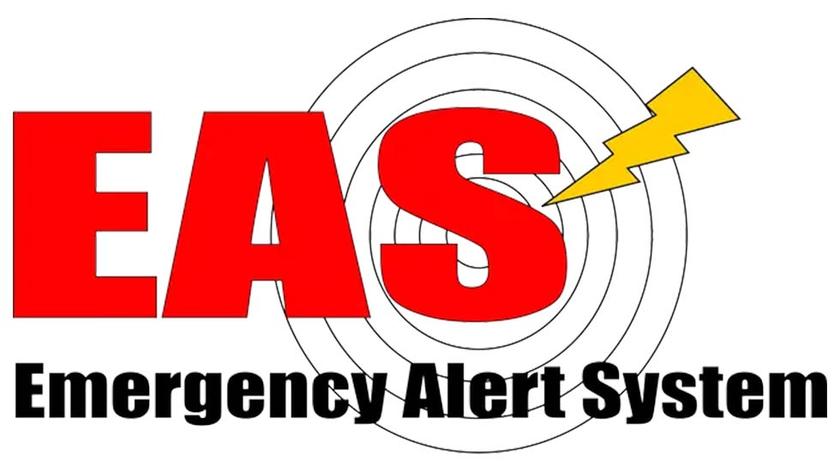
NAB Urges FCC to Allow Software-Based EAS

